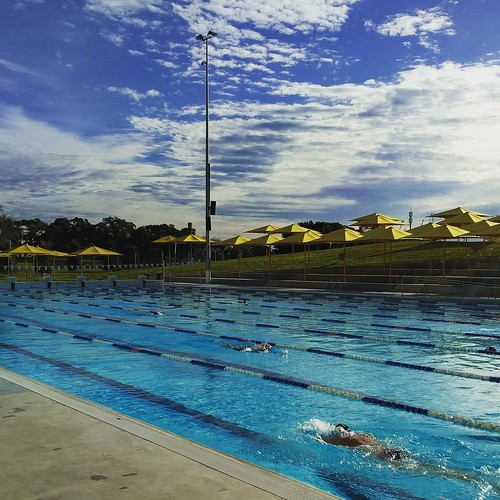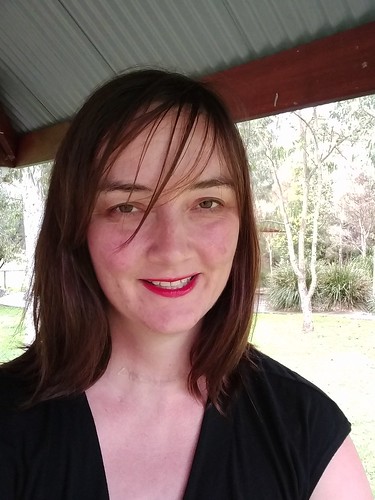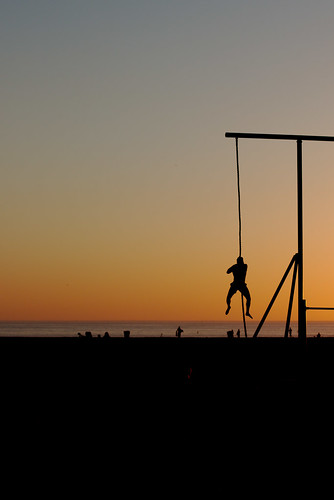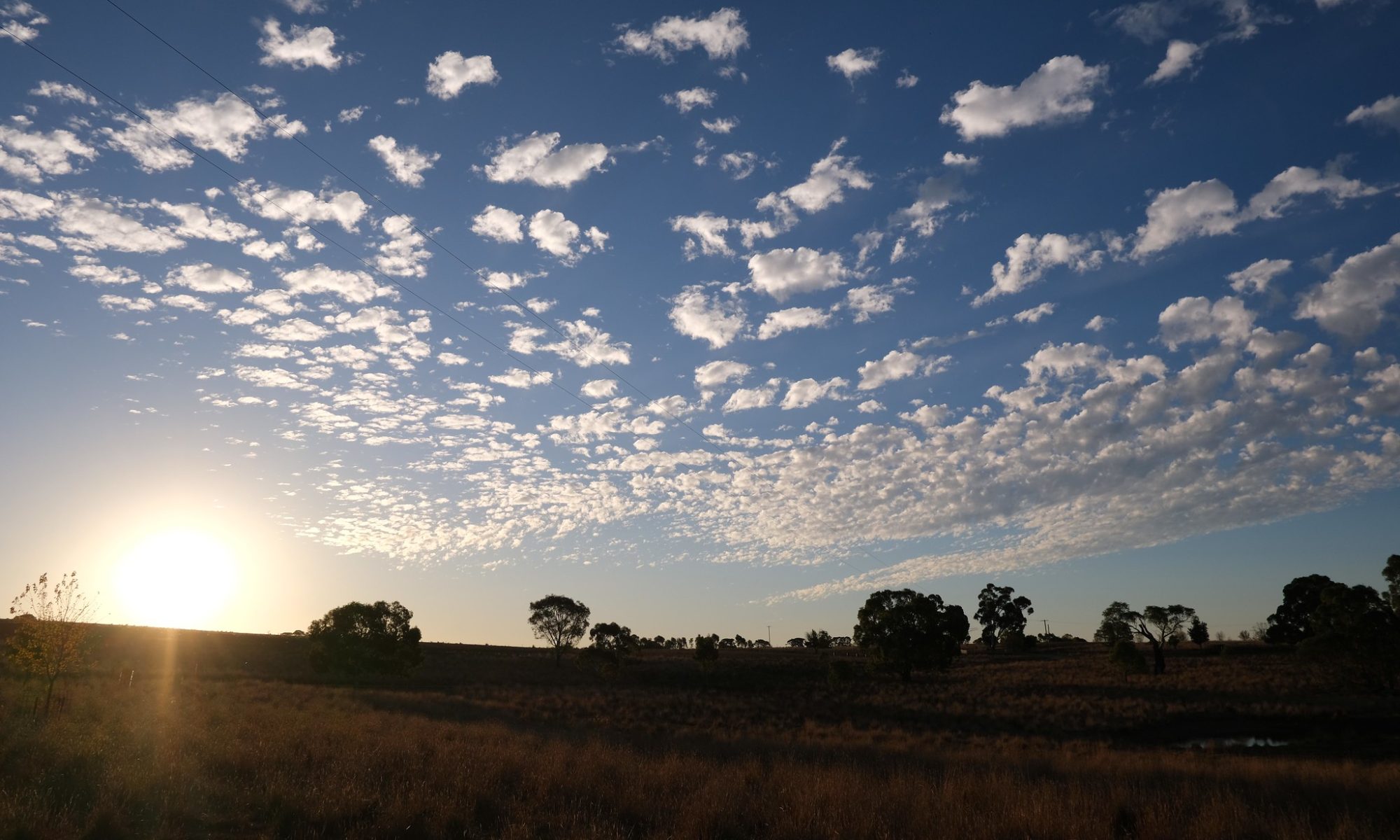End of year reflections: 2016, at its low points, has been the worst year of my life, and many people including me fear that it is the year that marks the beginning or escalation or point of no return for a time of increased oppression, war, and death.
This is thus hard to write, but 2016 was also a year in my life, such as it is, and remembering is part of living as best I can, so here we are.
There are several pieces of writing that have been important to how I feel about the world right now, here’s one:
(Transcript of poem at the bottom of the entry. If this poem speaks to you as it did to me, consider tipping its author.)
Three moments of 2016.
May: Another visit to Dolores Park, a place in San Francisco that’s been important to me in 2016. I was restless and in a bad mood so I walked up and down the hill, around and around the park, and then up to Market Street as the sun set and along and eventually caught BART back after dark had fallen and I’d walked several kilometres.
September: A family member who is ill and was visiting for medical treatment came to lunch at my house with other members of my family. My daughter A, who was 2¾, had taken a long long time to come out of her shell with strangers, and was only just starting to agree to interact with them at all. But she ended up playing with water guns with the teenagers, aiming water at our window where adults were protecting themselves, while dancing and cackling.
November: I found out Donald Trump was likely to win the US Presidential election on my final day of isolation due to radioactive iodone treatment for thyroid cancer. I was out of strict isolation in hospital but still not allowed to be physically close to anyone, particularly my children, so I was driving a carshare car by myself to visit my parents. It was a rainy drive, I stopped in the light mist at Sutton Park to go to toilets there — it’s a lovely park and rest area largely used as a chance for a loo break — and looked at the news on my phone and then drove down into the bright sunshine and ludicrous green on the other side of the mountains and started thinking through the implications.
Three meals of 2016
All in the US, where I spent six weeks this year.
1. May, Zuni Café, San Francisco: the second time a friend and I have eaten there, this time upstairs with a reservation rather than squeezed in near the kitchen, both times with the fried chicken. I have never gone anywhere for the fried chicken. I have never imagined I would. All the better.
2. September, SHED Cafe, Healdsburg: a lemon pancake which was in fact a lemon pudding. Not even in disguise, it came in its own ceramic dish it had been cooked in. It wasn’t self-saucing or it would have been lemon delicious pudding in disguise. It was left off the order originally, I got two kaffir lime waters in apology. Unnecessary.
3. October, Andrew’s Cheese Shop, Santa Monica: a work dinner, comprised of gourmet grilled cheeses with matched beers. Again, I would never ever think to do something like this for myself.
Three photos of 2016
The first day of a silly between-jobs project of exploring the City of Sydney swimming pools:

A selfie I’m pretty happy with:

I was still taping the thyroidectomy scar at the time; it’s more purple than it looks there.
Someone climbs a rope, hands-only, as the sun sets over Santa Monica beach:

Three pleasures of 2016
1. I did do the intermediate run on skis I wanted. The very first one was the result of a misunderstanding; my skiing buddy thought I’d done intermediate runs in Australia and therefore after warming up could do one at Heavenly. Instead it was a first. The day went downhill (ha) after part of the resort was shut due to wind, and we missed lunch, but the cold grey morning was lovely.
2. Being taken to the ward after my thyroidectomy and having Andrew smile at me and squeeze my hand during the brief moments I was able to be awake for that afternoon.
3. The feeling of my hair swishing on my neck now that it has grown long enough.
Three news stories from 2016
Putin, I think? I’ve talked enough about the US. So: Putin, Aleppo, Brexit.
This is not fine.
You have to be a better and stronger person than I am to find something else to say.
Three sensations from 2016
1. “Koala” snuggles with my daughter, who is not as demonstrative as her older brother, except when she curls firmly into me to avoid anything or anyone she doesn’t like. Or when she’s ready for bed. Fierce sleepy marsupials are about right.
2. The taste of Haigh’s chocolates on several occasions: I bought them for myself for both cancer treatments, and when I left my job mid-year (between treatments). I remember the sweetness of the cremes, so sweet it hurts, but what I recommend is the truffles.
3. The taste of lemon sherbet boiled sweets. I went through a bag of them on medical advice during the radioactive iodine treatment; the I131 also gathers in the salivary glands and gives them mild radiation burns. Getting it excreted is the main fix, hence sour things.
Three sadnesses of 2016
1. A number of serious illnesses that aren’t mine, so aren’t mine to talk about.
2. Speaking of illnesses, but that are, or were, mine, the morning before a surgery is always a terrible time for me.
3. I actively chose to switch jobs again this year, but it was really hard and sad.
Three plans for 2017
1. I’ve started cycling in the last few months of this year. It’s a nice ride just shy of 4km with enough hills to get some exercise and a long bridge ride. In 2017 our ongoing ridiculous childcare situation will be improved, and I’m hoping riding three or four days a week will be my normal thing.
2. A peaceful week-long holiday with Andrew and the kids at Lake Macquarie. I find skiing hard work, so this will be only the second relaxing holiday we’ve all had together in the three years since my daughter was born.
3. As little travel as I can get away with. I’d love to clock up six months without a boarding pass.
Three hopes for 2017
This year, a very close cousin of “three fears”.
1. I hope my strong and wise friends are here and fighting and see something good growing from their hard work and their fear.
2. I hope it’s still possible to work for US headquartered employers in my industry without rapidly worsening complicity in human rights abuses.
3. I hope for at least one night out together with my husband that isn’t “last night before I go away for work” or “last night before I’m admitted to hospital again”.
Poem transcript
Transcript of the poem by Saladin Ahmed:
How do you talk to your kids?
Spit out the scorpions
Spit out the cyanide
Fill your mouth with thorny
flowers
Sit and hold their hands
Sit staring at their
superhero posters
Explain that villains win
sometimes
Tell them no one can tear
apart their family
Even if it’s a lie
Tell them that no one can take
away their home
Even if it’s a lie
Tell them you will keep them
safe
Even if you can’t
Teach your daughter to throw
a punch if she has to
Teach your son to cry if he
has to
Give them knives
Give them the sturdiest wax
you can find
Teach them to make candles
—Saladin Ahmed, buzzfeednews/reader
End of year prompts
I came up with my end of year prompts in 2014, feel free to use them yourself.
Previous years: 2014, 2015.





